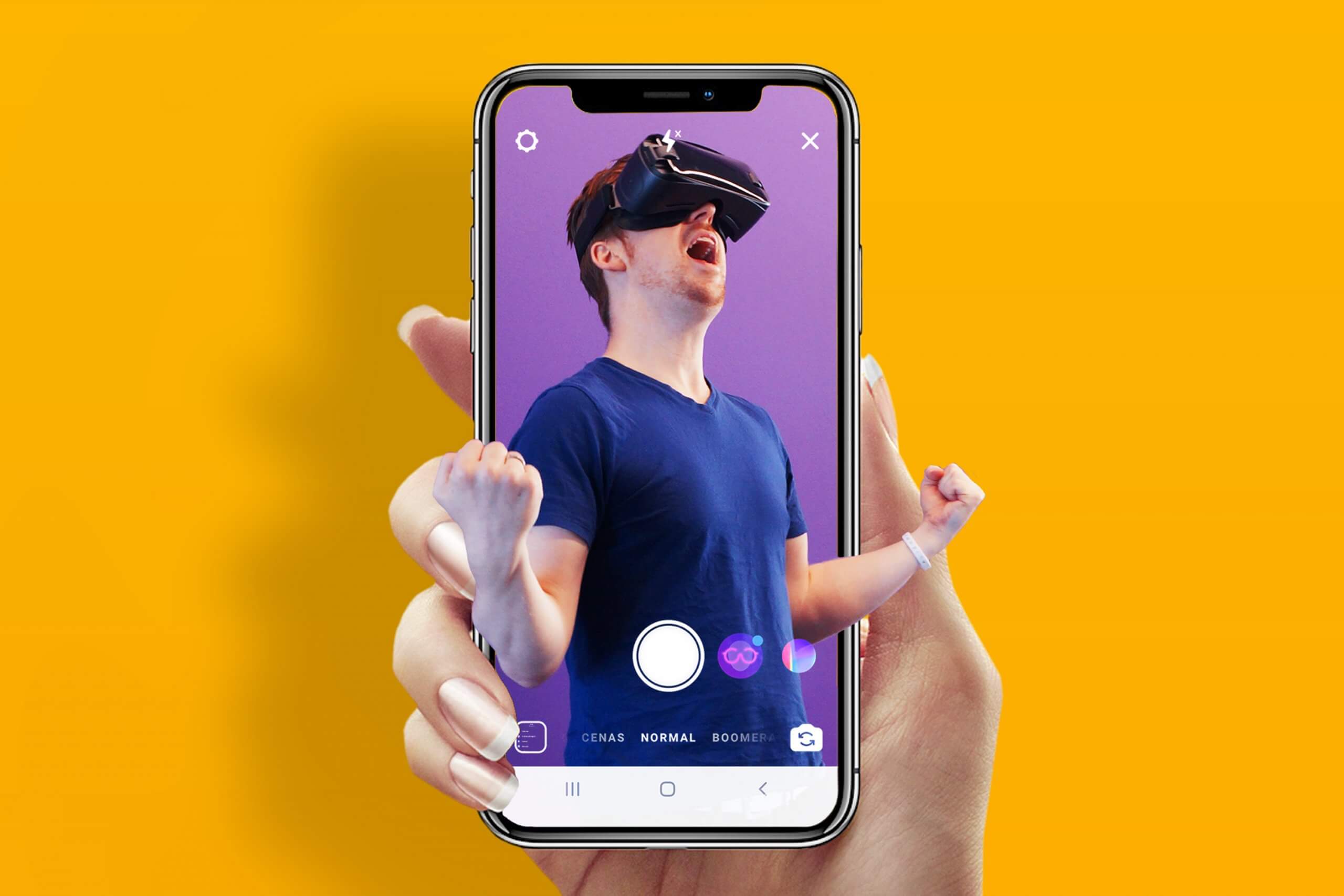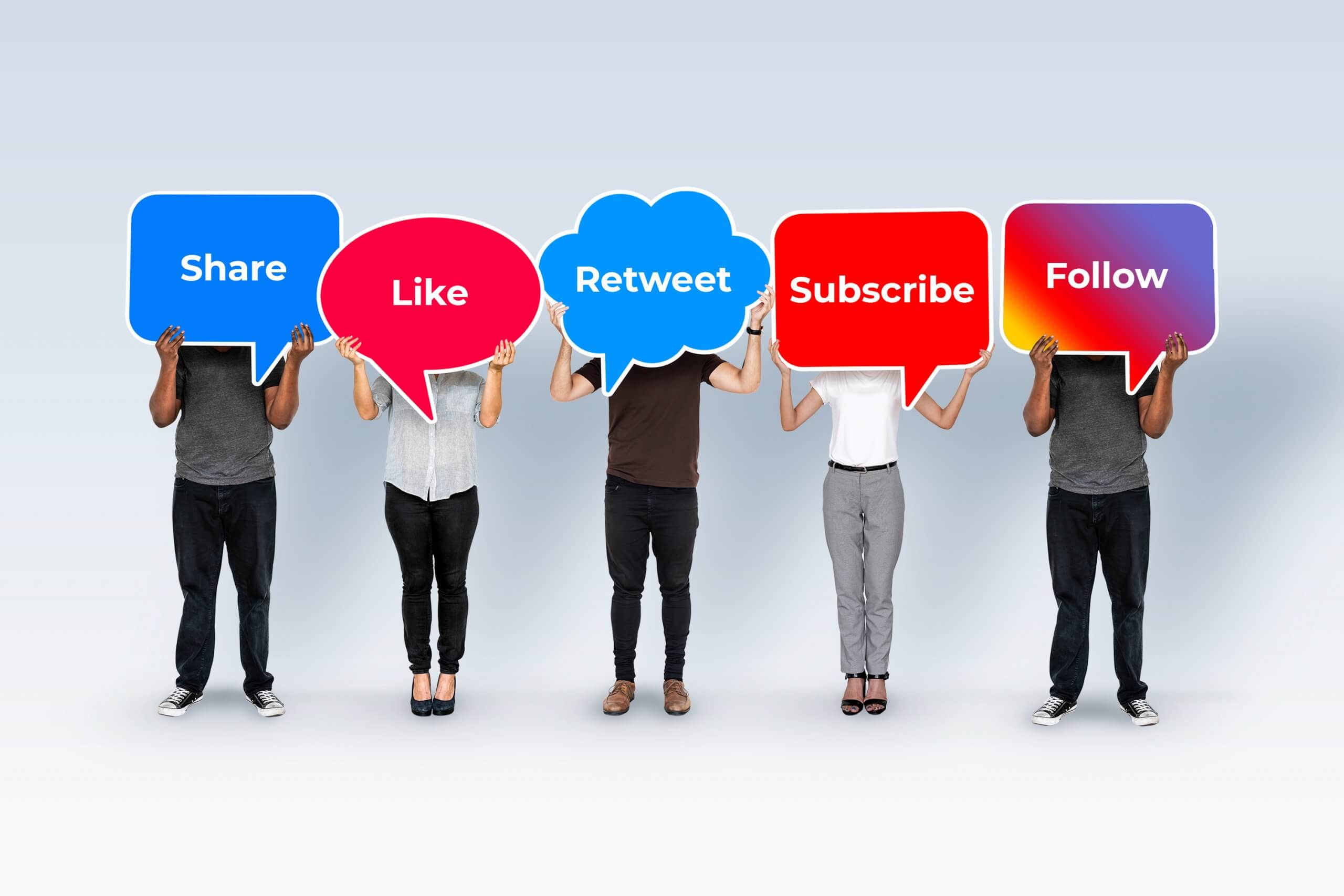It wasn’t just in 2020 that the trend of digital marketing became immensely popular. Over the past few years, many businesses have started transitioning to the digital realm to offer their products and services there instead.
And it’s not hard to see why. Internet penetration is at an all-time high right now, with the majority of people consuming social media voraciously. In fact, the Digital 2020 report from Hootsuite and We Are Social shows that almost 300 million people came online for the first time over the last 12 months. More than 4.5 billion people use the internet today, with at least 3.8 billion of them on social media.
Not only are there plenty of users on the internet, but they spend a great deal of their time on it as well — a potentially large audience to tap into, so why wouldn’t businesses jump onto that opportunity? Statistics show that we are spending an estimated time of 6 hours and 43 minutes online everyday. To put that into perspective, that’s more than 100 days a year! Of this, the daily social media usage of internet users worldwide averaged out to 144 minutes.
With Instagram being the fastest growing social media platform, many brands are turning towards the app to market themselves in order to stay relevant. Just on Instagram alone, 80% of users follow at least one brand while 60% of users regularly discover new products on the platform. Additionally, 75% of them have taken action (such as visiting the website) after seeing the brand content.
This, alongside the rising popularity of Instagram Stories, means that brands are sure to up their social media game to produce better and more engaging content. Facebook has even revealed that there are 500 million daily active users just of Instagram Stories alone. After all, we know that video posts are more popular with consumers and often receive twice as many comments as image posts.
So what can we do with all this information? Well, perhaps it’s time to take a look at how brands can use Instagram Stories to their advantage. Evolve your online video strategy to stay ahead of the times and remain savvy. What do we mean?
Instagram’s augmented reality filter campaign.
Yes, you heard that right. Instagram recently partnered up with Spark AR to allow users to create their own custom AR filter. Not many brands have made use of Instagram’s AR filter function which is really a pity since it could very well be the future. Want to know how to run your own AR filter campaign successfully? Here’s how.
1. Define your objectives
Are you aiming for more conversions, engagement, or just increased brand awareness? Having a goal guides your creative team and makes it easier for them to settle on a clear design for the filter, depending on what you want to achieve. Remember to also keep in mind which audience you want to appeal to. Build out a persona for this group so that you can provide them the value they seek.
2. Get familiar with Spark AR
Facebook has a free downloadable programme for users interested in making their own AR filter. Brands can use this to experiment and find the best filter that works for them. The app also has plenty of pre-made templates to help beginners who are just starting out.
Alternatively, you can outsource the task to a talented filter creator. As a creative digital agency, MIU has the capability to design for you a captivating filter made specifically for your audience. While it might be more of an investment, the end result would be worth it if your brand manages to stand out amongst its competitors. AR filters or otherwise, we take pride in our work. Click here to contact us for more information today!
3. Include a call-to-action

The end-goal of every marketing plan, a CTA is important to nudge your audience into taking the necessary next steps you want them to take. Otherwise, you might miss out on reaching the objectives you set.
Ask yourself this: what will your filter enable the user to accomplish, and how does it support your business objective? Whether your CTA is just to raise awareness for a certain issue, your brand, or to increase engagement, you need to keep it in mind so as to push the audience to take a certain action, be it subconsciously or otherwise, and reach your objectives — even if it is just to grow awareness.
4. Promote your filter
Once your filter is completed, it will be published directly to your profile and you can use it on your own Stories and Highlights. It can also be accessed via a dedicated filter tab found under your Highlights reel once it goes live. When you use said filter in your Stories, you can add a ‘Try It’ button for your viewers to test out the filter themselves. Anyone who uses your filter will automatically have a button linked to your filter so that their followers can easily try it out for themselves as well.
If you have a branded AR filter, your business partner can also promote your AR filter through their Stories! Branded AR filters also gets access to metrics (including impressions, captures, and shares) to allow brands to keep track of how their filters are performing. Furthermore, every Instagram AR filter has its own unique URL that can be found inside your SparkAR hub or from Instagram itself. Post this link across your social media channels and website to drive even more engagement.
Another efficient and effective way to promote your filter is by entering into a partnership with Instagram influencers. Reach out to those who are popular in your industry and you could work something out! Otherwise, you could also set up a paid promotion which allows brands to partner with influencers as business partners as well.
5. Check your ROIs
Even as your filter has been officially launched, your work is not done. Measuring your metrics and watching analytics is but part of the job. In order to know what works and what doesn’t, it is important to keep track of how your filter is faring and if it’s meeting the objectives you’ve previously set. This will allow you to better optimise your filter for future reference and improve on your marketing strategy.
That said, the world of social media is evolving ever more rapidly with new techniques and tools constantly being introduced every single day. It is up to you, as a brand and a business owner, to learn to stay with the times and keep your brand relevant. Hopping onto new trends early not only expands your marketing possibilities but also gives you a competitive advantage.
With the wide variety of tools that Instagram offers, it is the perfect platform for launching new social media campaigns. From Stories to Highlights to filters and so much more, these functions allow your brand to be even more interactive with your audience. Always keep a close eye on new innovations that surface to boost your business performance and craft a successful social media strategy.










 Branding
Branding Digital Strategy
Digital Strategy PR & Communications
PR & Communications